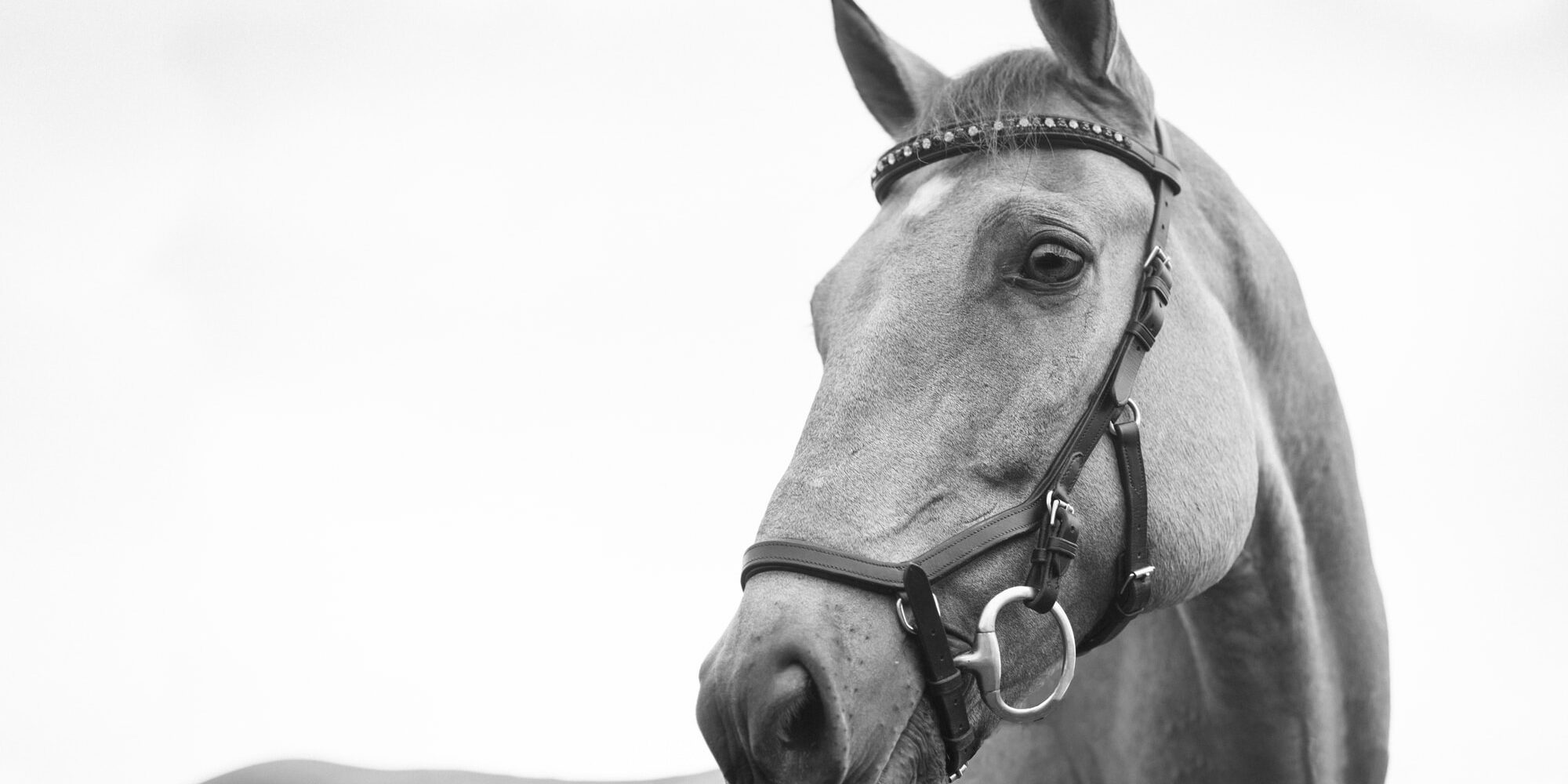Selenium supplementation is a very topical issue for all horse owners.
An essential component in all diets, Selenium plays a vital role in a horse’s metabolism. Together with Vitamin E it is a powerful antioxidant, protecting their cells from damage.
The soil in NZ is naturally very low in Selenium, as a result, so are all the crops we grow to feed our animals.
Roughly 30% of horses are low in Selenium. The signs associated with Selenium deficiency include poor coat and hoof quality, sore, achy muscles, poor performance and poor fertility.
However, just as Selenium deficiency is a problem, so is Selenium toxicity. A lot of people falsely believe that their horses require continuous Selenium supplementation, which is often not the case. This means that people are in fact over dosing their horses. Selenium overdoses may also occur when people change their hard feed, to a new mix which contains more Selenium than their previous feed. Somewhat ironically, excessive levels of Selenium result in extensive hoof damage. In severe cases a horses feet may slough off!
Like all things in life a balance between two extremes is required. In order to address this issue, the first most simple and practical step is to first find out your horses current Selenium status. Your vet can take a single blood sample and have it tested- results are usually back in one to two weeks. Your vet can then use these results to develop an appropriate supplementation strategy.
It is also a good idea to take an annual blood sample to ensure that the Selenium levels are being maintained in the optimum range. This may be done at the same time as another event such as when you get your horses teeth done etc.






